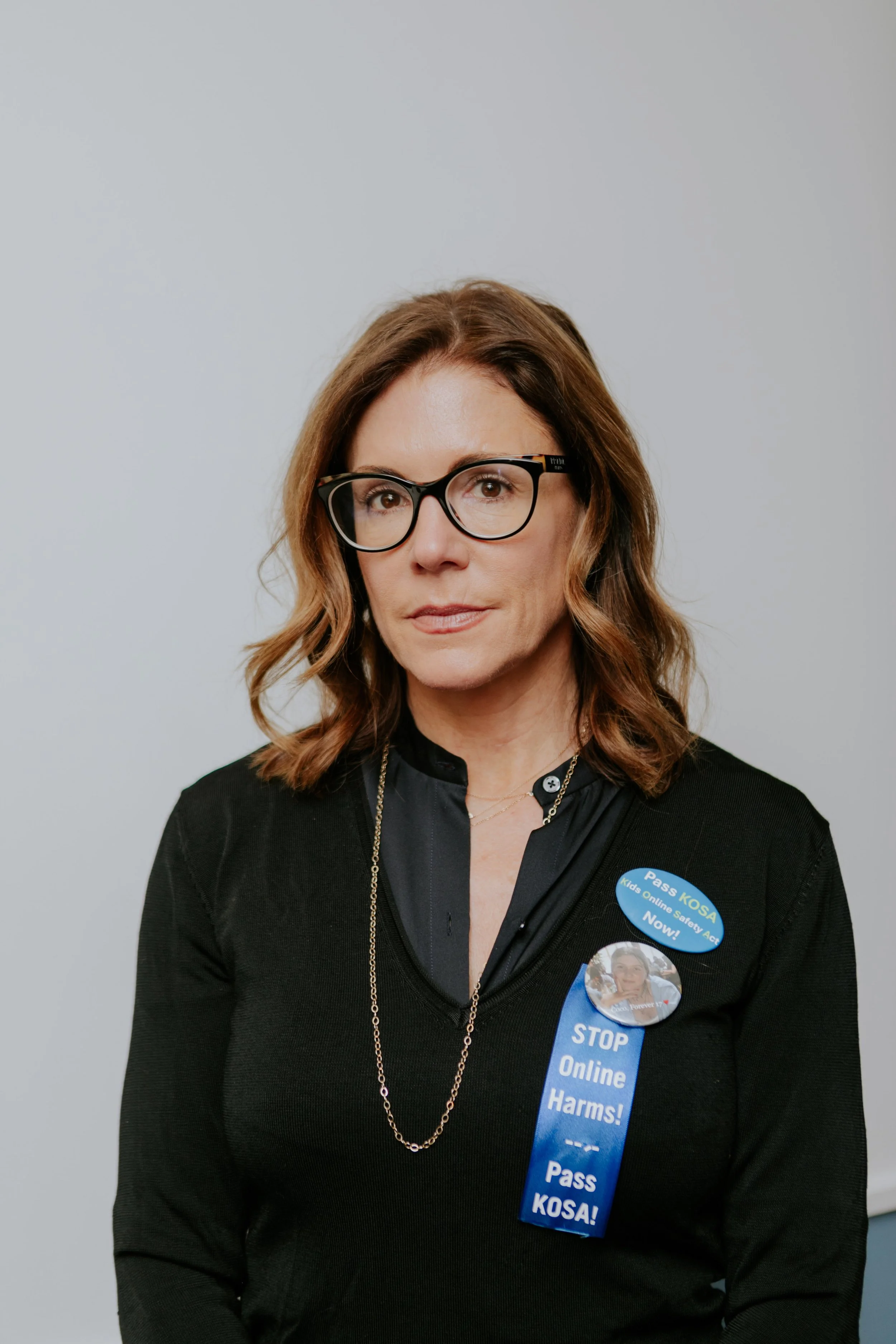What I Want Every Parent to Know About ADHD, Social Media, and the Silent Epidemic
By Julianna Arnold, mother of Lucienne “Coco” Konar, forever 17
When I think about Mental Health Awareness Month, I don’t think of slogans or campaigns. I think about my daughter Coco—how bright she was, how complex, how hard she was trying to navigate the world with ADHD and the pressures of being a teenager in the age of Instagram.
Coco struggled with anxiety, isolation, and the emotional intensity that often comes with ADHD. Like so many kids, she turned to social media to feel connected. But platforms like Instagram didn’t offer her support. They offered her a trap. What starts as “engagement” for a child with ADHD can quickly become an all-consuming fixation. Coco was especially vulnerable to the nonstop feedback loop—likes, messages, content designed to hold her attention and isolate her from real life.
Coco struggled with anxiety, isolation, and the emotional intensity that often comes with ADHD. Like so many kids, she turned to social media to feel connected. But platforms like Instagram didn’t offer her support. They offered her a trap.
Coco spiraled into self-doubt and depression. She abandoned track and gymnastics, two activities that had once grounded her and brought her joy, and began to isolate herself. Her sleep and eating patterns changed. The platforms fed her anxiety, made her feel inadequate, and kept pulling her deeper into a world where appearance and performance meant everything. I did everything a parent is told to do—talked to her constantly about the dangers she might face online, monitored her devices, stayed engaged. But I was no match for the reach and power of a system designed to keep her online, no matter the cost.
Coco connected with a drug dealer through Instagram. She bought what she thought was a prescription pill. It was a fake—laced with fentanyl. It killed her.
This is not rare. And it’s not a fluke. This is what happens when we allow tech companies to operate without meaningful safety standards while our kids suffer the consequences.
Children with ADHD are especially at risk. They are more prone to impulsivity, more likely to develop anxiety and depression, and more vulnerable to addictive platforms that reinforce harmful behaviors. And when they spiral, they often self-medicate. Social media doesn’t just enable this cycle—it accelerates it. And when that path leads to drugs, it too often ends with fentanyl. We are facing a two-fold crisis, one compounding the other, and Big Tech is silent.
That’s why I support the Kids Online Safety Act (KOSA). KOSA would force platforms to finally take responsibility for how their products affect young users. It would require companies to design with safety in mind and give parents more tools to intervene. Most importantly, it would require that the wellbeing of children be considered not after harm is done—but before.
If KOSA had been law when Coco was alive, I believe she would still be here.
This Mental Health Awareness Month, I hope we all remember that awareness isn’t enough. Action is what matters. And no family should have to lose a child for Congress to finally act.

